Every day, all over the world, USAID brings peace to those who endure violence, health to those who struggle with sickness, and prosperity to those who live in poverty. It is these individuals — these uncounted thousands of lives — that are the true measure of USAID’s successes and the true face of USAID's programs.
Thousands of refugees were driven from the Dar-e-Noor District in northern Nangahar Province to Pakistan by war and instability during the last 30 years. Despite security improvements, many have chosen to remain in Pakistan rather than face the poverty that has consumed their home villages.
Shagai Village, located in a remote district of Paktya Province, has had few development efforts because of the rampant insecurity in the province. Typically, women only leave their homes to gather during weddings and funerals. Social and economic development activities for women are alien in Shagai. Poverty cuts to the bone.
Agriculture is an important sector in Afghanistan that employs most of the Afghan population in rural areas. In addition to other agricultural products, Afghans produce high quality tomatoes that are mostly consumed fresh, or dried for future consumption. There are only a few cold storage facilities that can keep the seasonal product fresh for future consumption.
Afghan white marble, primarily from the Spin Ghar mountain range in Nangarhar Province, is well known internationally as a high-quality stone, but is hard to get to market. New technology is helping. Processed marble production in the eastern region is approximately 720,000 square feet annually, an amount that could dramatically increase with proper management, equipment, and technical skills.
Afghanistan is estimated to be the third largest cashmere producer in the world. Handmade cashmere clothing fetches a high price in international markets, making the luxury product a lucrative opportunity for Afghan women who need jobs that enable them to stay close their families.
The project provided hands-on training for a group of youth who were unemployed and out of school with little hope for their future. All have now been offered full-time employment at the same factory when the apprenticeship period is completed.
In June 2011, USAID began repairs to three schools in the Jalalabad area. Combined, these schools serve more than 9,000 students including more than 3,000 girls. The repairs, which include painting, plastering, replacing broken doors and windows, and hooking up electrical wiring, are part of a larger effort to improve conditions in and around Jalalabad. Overall, USAID has worked with its implementing partner, Central Asia Development Group, to repair nine schools in Jalalabad and the surrounding districts in Nangarhar Province.
When considering the challenges and costs of purchasing 160 culvert covers for a project renovating and paving more than 1,300 meters of pedestrian alleyways, USAID seized an opportunity to build the capacity of its labor force by imparting trade skills to local workers and training them how to create concrete culvert covers from scratch.
In Kandahar, women are usually housebound with no opportunities to explore their city. Twenty-year-old Malalai Abdali, was yearning to tell stories and explore life through photography, but due to volatile security and society’s expectations to adhere to cultural traditions, there was no outlet for her creativity.

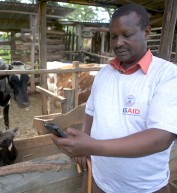
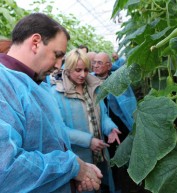
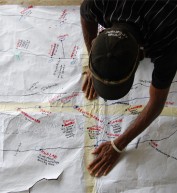
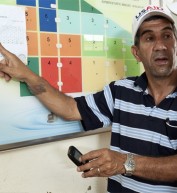

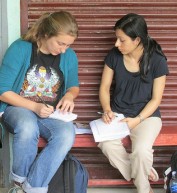
Comment
Make a general inquiry or suggest an improvement.